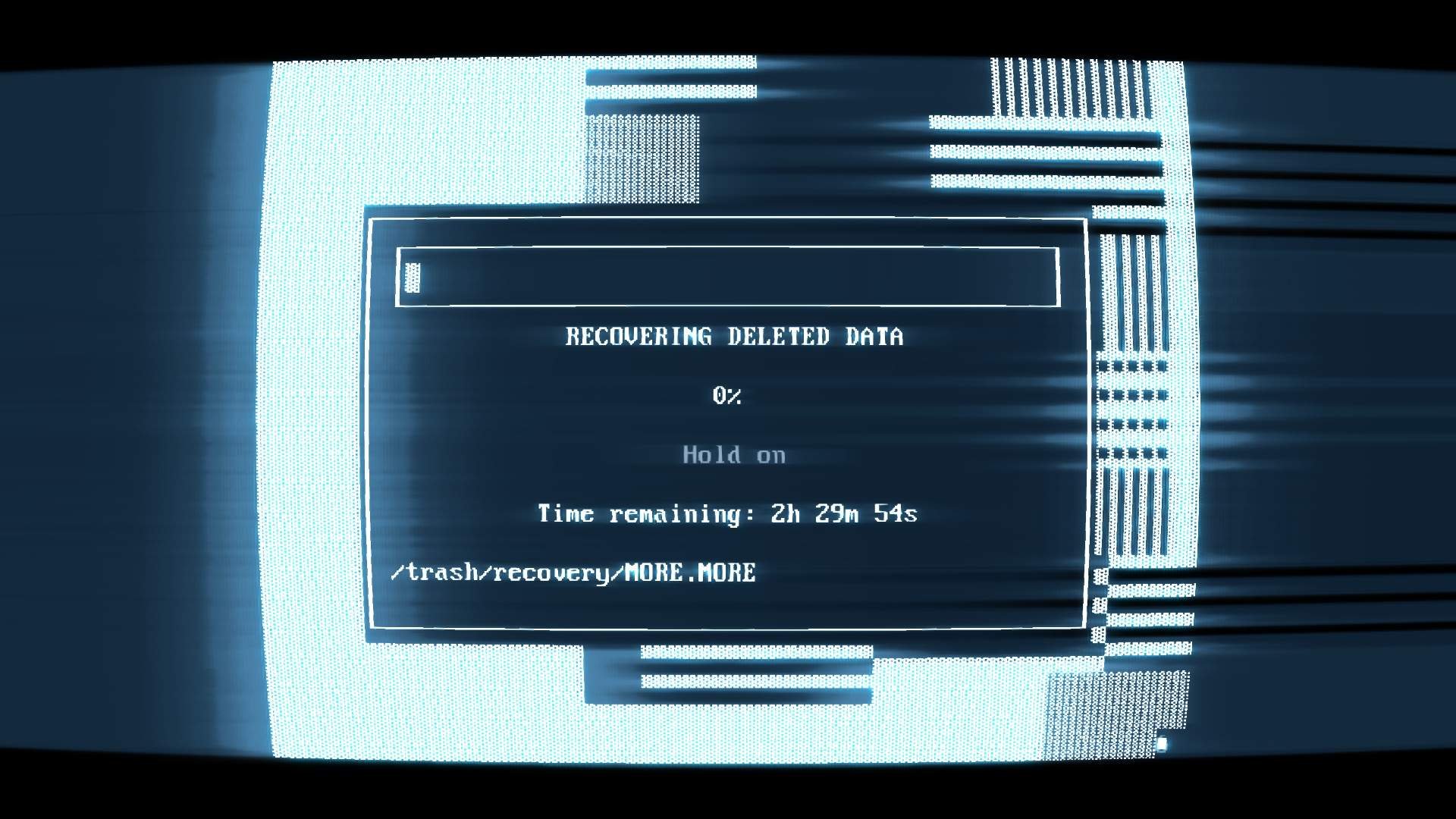

The website framework of CSI NGS Portal consists of five major steps (“Upload”, “Annotate”, “Submit”, “Jobs”, “Browse”), each of which is built as an individual webpage ( Figure 1). The portal has proven to be successful and useful during its internal uptime in the last three years, commencing to extend its scope to the globe. A simple and intuitive interface with tabular structure across the website greatly enhances user experience by keeping the data well-organised, easily accessible and queryable. Currently, the portal covers more than 10 frequently used NGS data types, committed to expand, and offers one-click data analysis and sharing.
Superhot mind control delete recovering data free#
Despite these facts, surprisingly, there are only a handful of attempts to build up comprehensive NGS data analysis platforms utilising the available tools and the existing technologies for the benefit of the community at free of charge (Galaxy, Maser ).Īddressing these issues, in order to facilitate NGS data analysis and sharing, aiming to bridge the gap between biologists and bioinformaticians, we have developed CSI NGS Portal as a freely accessible, easy-to-use and comprehensive online platform, offering well-established and fully automated bioinformatics pipelines at the service of the community. However, these options do not eliminate the necessity for a local bioinformatician to perform the downstream analysis and to interpret the results-unless paid for additional bioinformatics analysis service-whose task is to render the computer-generated data to the biological knowledge to address the research questions in query. These technologies, however, are still offering high-cost services, which may sometimes even exceed the cost of the sequencing itself. On the other hand, emerging technologies such as supercomputers (e.g., National Supercomputing Centre Singapore, NSCC, ) and cloud computing (e.g., Amazon Web Services, AWS, ) offer large-scale parallel computations with high speed, memory and storage, to efficiently deal with the big data generated by the NGS platforms. In parallel, bioinformatics tools and packages to analyse the growing NGS data are also expanding, at the expense of increasing redundancy, technicality and complexity, which often alienates the wet lab biologists from understanding the data that they have generated. Today, an overwhelming number of sequencing protocols are available by various providers, and more of them are to be developed in the near future as the underlying technology advances. Next-generation sequencing (NGS) has become a routine in biomedical research thanks to its proven significance and rapidly decreasing cost. Overall, CSI NGS Portal helps researchers rapidly analyse their NGS data and share results with colleagues without the aid of a bioinformatician. The output can be readily used as the final report or as input for other tools depending on the pipeline. The users can upload raw data in FASTQ format and submit jobs in a few clicks, and the results will be self-accessible via the portal to view/download/share in real-time. The portal currently provides 16 standard pipelines for analysing data from DNA, RNA, smallRNA, ChIP, RIP, 4C, SHAPE, circRNA, eCLIP, Bisulfite and scRNA sequencing, and is flexible to expand with new pipelines. To facilitate data processing steps minding the gap between biologists and bioinformaticians, we developed CSI NGS Portal, an online platform which gathers established bioinformatics pipelines to provide fully automated NGS data analysis and sharing in a user-friendly website. A variety of computational tools have been developed to analyse the vastly growing NGS data, which often require bioinformatics skills, tedious work and a significant amount of time.

Next-generation sequencing (NGS) has been a widely-used technology in biomedical research for understanding the role of molecular genetics of cells in health and disease.


 0 kommentar(er)
0 kommentar(er)
